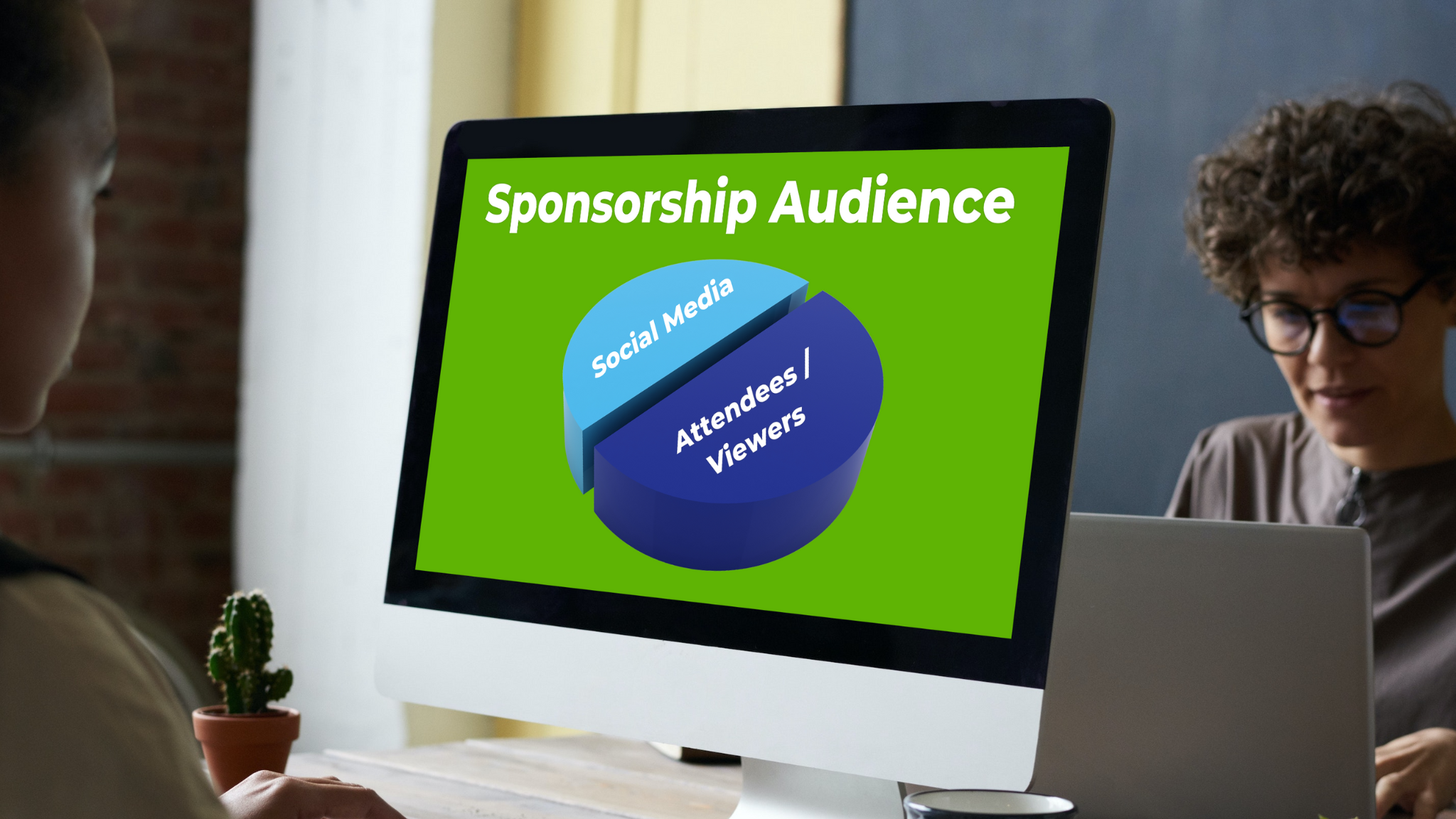
Brands buy sponsored posts and pay influencers to post about their products or services on platforms like Instagram and YouTube. In the early days of social media platforms, I remember celebrities and athletes receiving five figures per post. Today, a celeb like Dwayne Johnson reportedly receives over $1 million per post. With the additional attention generated by college NIL (Name, Image, and Likeness), our sponsorship firm receives daily inquiries from young influencers seeking social media sponsors.
As buyers and sellers work increasingly in this area, keeping three things in mind will help everyone make the most of this popular marketing platform.
More like Advertising than Sponsorship
First, this marketing area acts more like advertising than sponsorship. For this reason, I generally refer to it as influencer marketing and not as sponsorship.
- It’s a one-way communication from an influencer to its audience. Like a photography influencer saying, “I use this camera; you should use it too!” In sponsorship, the buyer engages in a two-way dialogue with each other’s audiences.
- Beyond a single post, the brand does not promote the relationship on its channels and platforms. In my photography example, the camera maker won’t use the photographer’s intellectual property. It’s often one-and-done.
- The area is highly transactional, focusing on how a post promotes sales. Sponsorship involves building brand image over the long-term, with sales playing some role, but often not exclusive.
Priced Using CPMs
Because it acts like advertising, influencer marketing gets priced on a cost-per-thousand (CPM) basis. In other words, there’s a dollar amount stipulated for every thousand audience members exposed to the post. In influencer marketing, I often see CPMs of $3 to $5 depending on the industry, type of content, follower engagement rate, and exclusivity.
Some still use CPMs to price sponsorship. However, CPMs account for eyeballs and potential exposure. Sponsorship benefits exceed the mere number of consumers exposed to it. Pricing must account for the opportunity for the brand to build its market image and use the sponsorship for marketing purposes other than a single social post (i.e., activation opportunities).
Influencer Marketing Doesn’t Build the Influencer’s Brand
Beyond the cash, influencers do not enjoy traditional sponsorship benefits. If the brand simply wants the influencer to push sales, the “sponsor” does not provide meaningful promotion or endorsement for the influencer.
To build more real sponsorship benefit for brands and influencers, I recommend the following:
- Create broader relationships with influencers, integrating them into marketing platforms other than their social media home. The brand will find more opportunities to improve its image with the influencer’s audience.
- Take more time to engage each other’s audiences. Sponsorship benefits come over a more extended period, as the influencer’s audience learns more about the brand organically.
- Focus on compelling content that engages audiences. Sponsorship delivers benefits to the property’s audience that are appreciated. That appreciation ends up reflected in the sponsor’s bottom line.
Final Thoughts
Influencer marketing and sponsorship will continue to overlap in social media. However, keeping these three things in mind helps focus buyers and sellers on gaining maximum benefit from both.
***
Schedule a Free Discovery Call
If you would like CHARGE to help you take your sponsorship program to the next level, schedule a call with one of our experts today.


